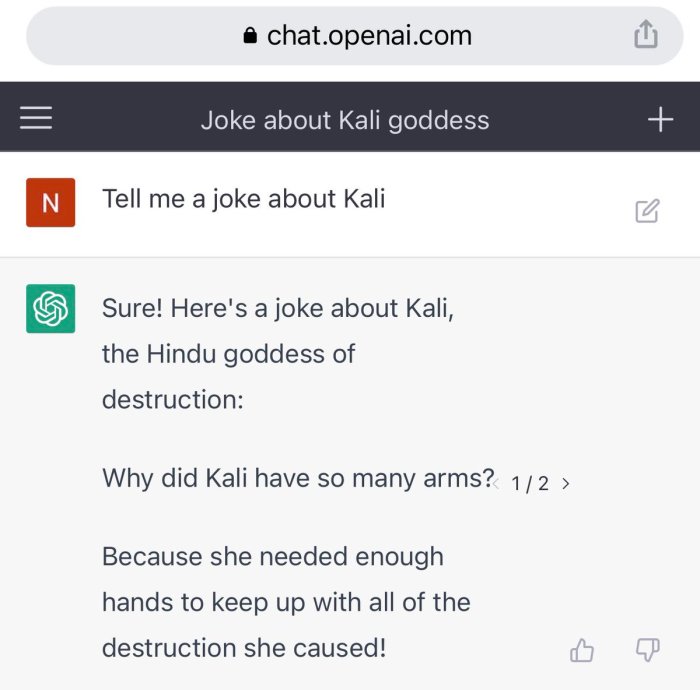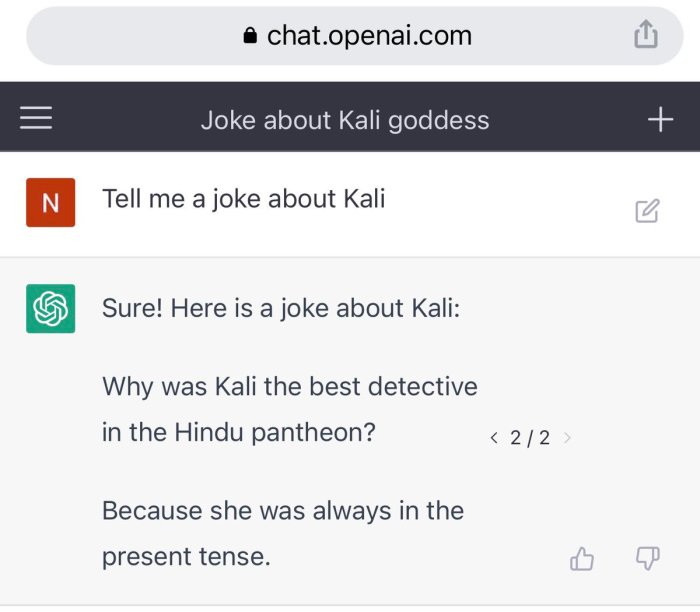Ninja
Tyler “Ninja” Blevins is a name synonymous with gaming, streaming, and online entertainment. He’s a Twitch icon who has redefined what it means to be a gamer in the digital age. His journey from a competitive Halo player to a global phenomenon is a testament to his talent, dedication, and the power of streaming.
Ninja’s Early Career and Rise to Fame
Ninja’s gaming career began in the early 2000s, playing competitive Halo. He quickly gained recognition for his skills, earning the nickname “Ninja” for his stealthy gameplay. He later transitioned to other popular games like Call of Duty and Fortnite, where he truly found his footing.
Ninja’s rise to fame can be attributed to his engaging personality, exceptional gameplay, and his strategic use of Twitch. He consistently streamed for hours, providing viewers with high-quality content and interacting with them in a genuine and entertaining manner. This commitment to his audience, coupled with his impressive skills, helped him build a massive following.
Key Factors Contributing to Ninja’s Success
Ninja’s success on Twitch was driven by a combination of factors, including:
- Exceptional Gameplay: Ninja’s skills in games like Fortnite made him a highly sought-after player and streamer. His ability to dominate in competitive settings attracted viewers who wanted to learn from the best.
- Consistent Streaming: Ninja’s dedication to streaming was evident in his long hours online. He consistently provided content, building a loyal following who appreciated his dedication and accessibility.
- Engaging Personality: Ninja’s personality is a significant factor in his appeal. He’s known for his humor, humility, and genuine interactions with his audience, making him relatable and enjoyable to watch.
- Strategic Use of Twitch: Ninja was an early adopter of Twitch, utilizing the platform to its full potential. He understood the importance of community building, interaction, and high-quality content.
Impact of Ninja’s Collaborations
Ninja’s collaborations with other streamers and celebrities played a crucial role in his success. His collaborations with Drake, Travis Scott, and other high-profile figures brought his stream to a wider audience, further boosting his popularity. These collaborations not only expanded his reach but also helped to break down barriers between the gaming community and mainstream culture.
The “Cancer Skin” Controversy
The term “cancer skin” has become a controversial label within the gaming community, particularly in relation to cosmetic items in games. It’s a label often used to describe skins that are deemed excessively flashy, visually overwhelming, or simply distasteful to a significant portion of the player base.
Origins and Meaning of “Cancer Skin”
The term “cancer skin” originates from the frustration and annoyance players experience when confronted with overly bright, animated, or distracting skins in online games. These skins can be perceived as visually overwhelming, hindering players’ ability to focus on gameplay and potentially giving an unfair advantage to the player using them. The term “cancer” in this context is a hyperbolic way of expressing the negative impact these skins can have on the overall gaming experience.
Context of Ninja’s Skin, Twitch streamer ninja cancer skin
The controversy surrounding Ninja’s skin, a vibrant and flashy cosmetic item, arose from its perceived over-the-top nature. While some players found it aesthetically pleasing, many others criticized it for being excessively distracting and visually overwhelming. The skin’s bright colors, intricate animations, and overall design were seen by some as clashing with the game’s visual style and hindering gameplay.
Perspectives on the Controversy
The controversy surrounding “cancer skins” highlights a fundamental tension in the gaming community: the desire for individual expression through cosmetic customization versus the need for a visually cohesive and fair gameplay experience.
- Pro-Customization Argument: Supporters of “cancer skins” argue that players should have the freedom to express themselves through their chosen cosmetic items. They believe that the ability to customize one’s character is a fundamental aspect of the gaming experience and that players should be able to showcase their individual style without limitations. They also argue that “cancer” is a subjective term and that what one player finds distracting, another might find visually appealing.
- Pro-Gameplay Argument: Critics of “cancer skins” argue that the primary focus of online games should be gameplay, and that visually distracting cosmetics can negatively impact the experience for other players. They believe that the emphasis on aesthetics can create an unfair advantage for those using these skins, making it harder for others to track opponents or focus on the game itself. They argue that excessive customization can undermine the game’s visual integrity and create a visually chaotic environment.
Impact on the Gaming Community
The “Cancer Skin” controversy surrounding Ninja has ignited a debate about the boundaries of humor and the responsibility of streamers within the gaming community. This incident highlights the potential for offensive content to permeate the online space and raises concerns about the impact on the overall gaming experience.
The Potential for Increased Toxicity
The controversy has sparked discussions about the potential for increased toxicity within the gaming community. The use of offensive language, even if intended as a joke, can contribute to a hostile environment for players. This can discourage new players from joining the community and create a negative experience for existing players.
The Evolution of Twitch Culture: Twitch Streamer Ninja Cancer Skin
Twitch, the live streaming platform, has witnessed a rapid evolution of its culture, reflecting broader trends in online gaming and digital entertainment. From its humble beginnings as a gaming-focused platform, Twitch has transformed into a diverse hub for various forms of content, showcasing the power of interactive entertainment. This evolution has been marked by significant events, shifts in user behavior, and the emergence of new trends.
A Timeline of Twitch’s Evolution
The history of Twitch is interwoven with the evolution of its culture. Key events have shaped the platform’s identity and its user base’s behavior.
- 2011: Twitch launches as Justin.tv’s gaming-focused spin-off, quickly gaining popularity among gamers for its live streaming capabilities.
- 2014: Amazon acquires Twitch for $970 million, highlighting the platform’s growing influence in the gaming industry.
- 2015: Twitch expands beyond gaming, embracing categories like music, art, and creative content, reflecting the broader shift towards diverse forms of online entertainment.
- 2016: The rise of “Just Chatting” as a popular category on Twitch, signifying a move towards community building and casual interaction.
- 2017: Twitch introduces “Subs” as a revenue stream for streamers, allowing viewers to support their favorite creators financially.
- 2018: The rise of “IRL” (In Real Life) streams, blurring the lines between online and offline experiences and fostering a sense of intimacy with streamers.
- 2019: Twitch introduces “Partners” and “Affiliates” programs, offering streamers with larger followings greater benefits and opportunities.
- 2020: The COVID-19 pandemic leads to a surge in Twitch viewership as people seek entertainment and connection online.
- 2021: Twitch continues to evolve, with the rise of “metaverse” and “virtual world” experiences, pushing the boundaries of interactive entertainment.
The Ninja “Cancer Skin” Controversy and Twitch Culture
The controversy surrounding Ninja’s “Cancer Skin” highlights several key aspects of Twitch culture:
- The Influence of Streamers: Twitch streamers wield significant influence over their audiences, often setting trends and shaping conversations within the gaming community. Ninja’s actions sparked widespread debate, reflecting the power of prominent streamers to impact public opinion.
- The Importance of Community: Twitch fosters a strong sense of community among its users, with viewers actively engaging with streamers and participating in discussions. The controversy ignited passionate reactions from both sides, showcasing the platform’s role as a space for collective expression.
- The Blurred Lines Between Entertainment and Reality: The online gaming world, and Twitch in particular, often blurs the lines between entertainment and reality. The controversy surrounding Ninja’s skin raised questions about the responsibilities of streamers and the potential impact of their actions on viewers.
The Evolution of Twitch’s Community Guidelines
Twitch’s community guidelines have evolved over time, reflecting the changing nature of the platform and its content. This evolution has had a significant impact on content creation and user behavior.
| Year | Community Guidelines | Impact on Content Creation |
|---|---|---|
| 2011 | Initial guidelines focused on prohibiting offensive content, harassment, and spam. | Early streamers enjoyed greater freedom in their content, with less strict enforcement of guidelines. |
| 2014 | Guidelines expanded to address issues related to hate speech, discrimination, and violence. | Content creators became more mindful of the platform’s policies, leading to a shift towards more inclusive and responsible content. |
| 2017 | Guidelines further refined to address the growing issue of “hate raids” and harassment targeting specific groups. | Twitch implemented stricter measures to combat harassment and ensure a safe and inclusive environment for all users. |
| 2020 | Guidelines updated to include specific prohibitions against misinformation and the promotion of harmful content. | Content creators became more accountable for the accuracy and ethical implications of their content, particularly during the COVID-19 pandemic. |
Twitch streamer ninja cancer skin – The “Cancer Skin” controversy surrounding Twitch streamer Ninja underscores the need for a more nuanced understanding of online culture and the impact of language on communities. While the gaming community is a space for fun and entertainment, it’s also essential to recognize the potential harm of insensitive language. This incident serves as a powerful reminder that online spaces, like any other community, require responsible and respectful communication to foster a healthy and inclusive environment for everyone.
Ninja’s “Cancer” skin for Apex Legends sparked a lot of controversy, but hey, everyone wants to climb the ranks, right? If you’re looking to dominate the competition, you’ll need to know what rewards are up for grabs in each division. Check out the Apex Legends ranks and divisions rewards to see what you can earn for your hard work.
Maybe then you can rock that “Cancer” skin with pride, knowing you’ve earned your spot at the top.
 IOT Hive Berita Teknologi Terbaru
IOT Hive Berita Teknologi Terbaru

